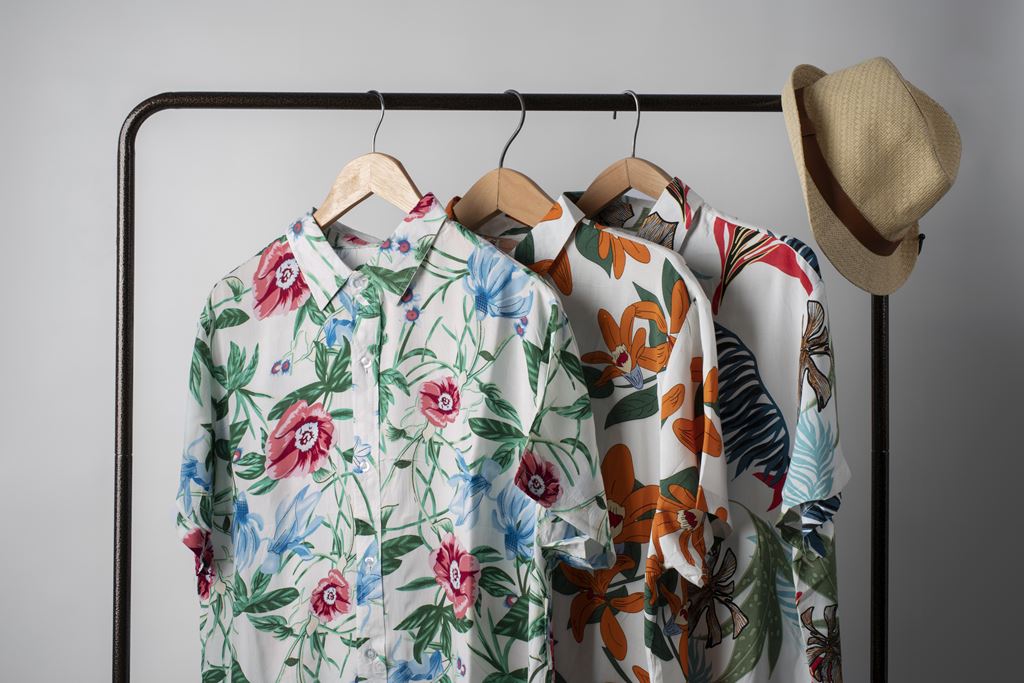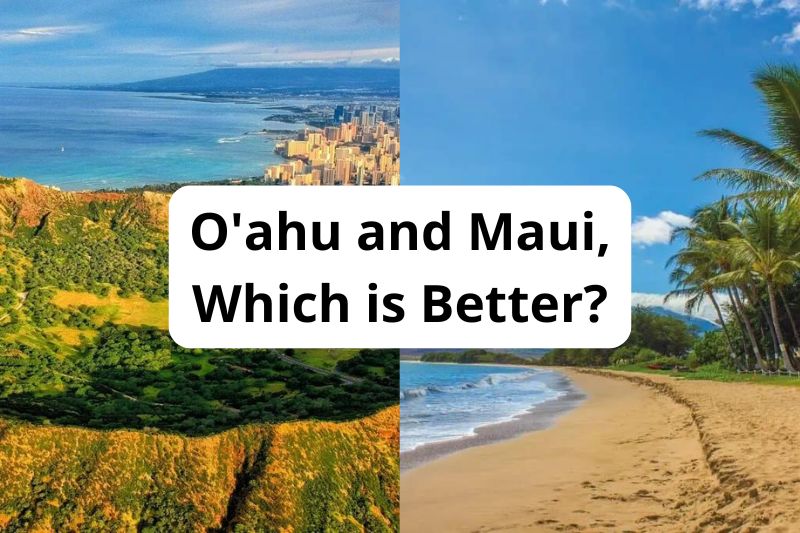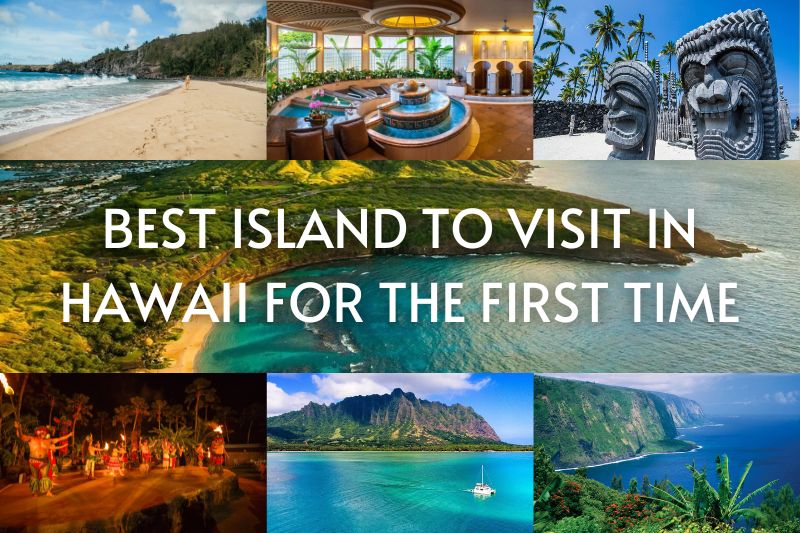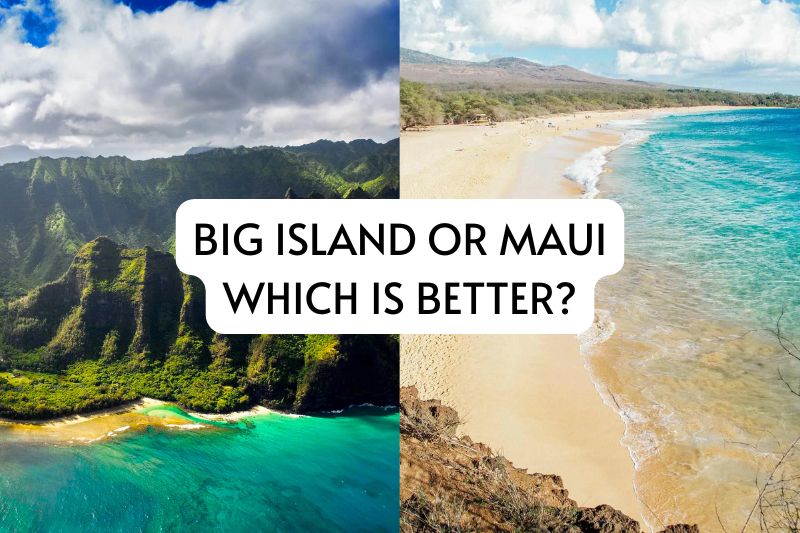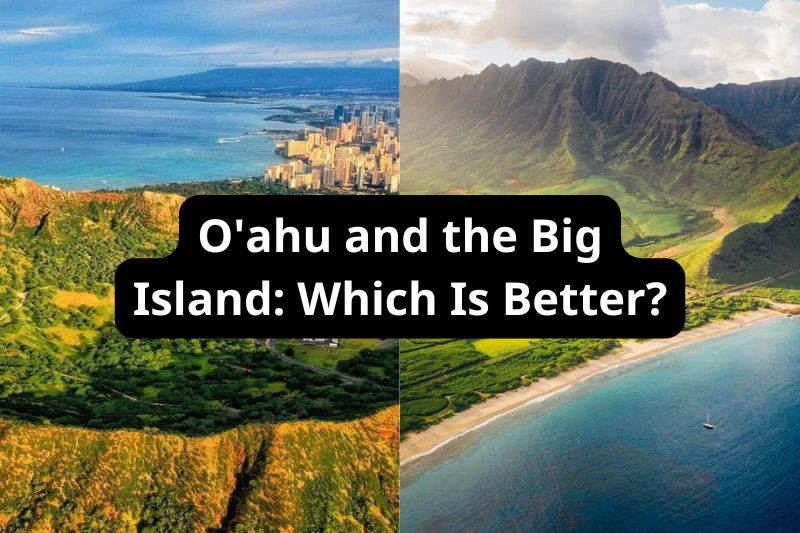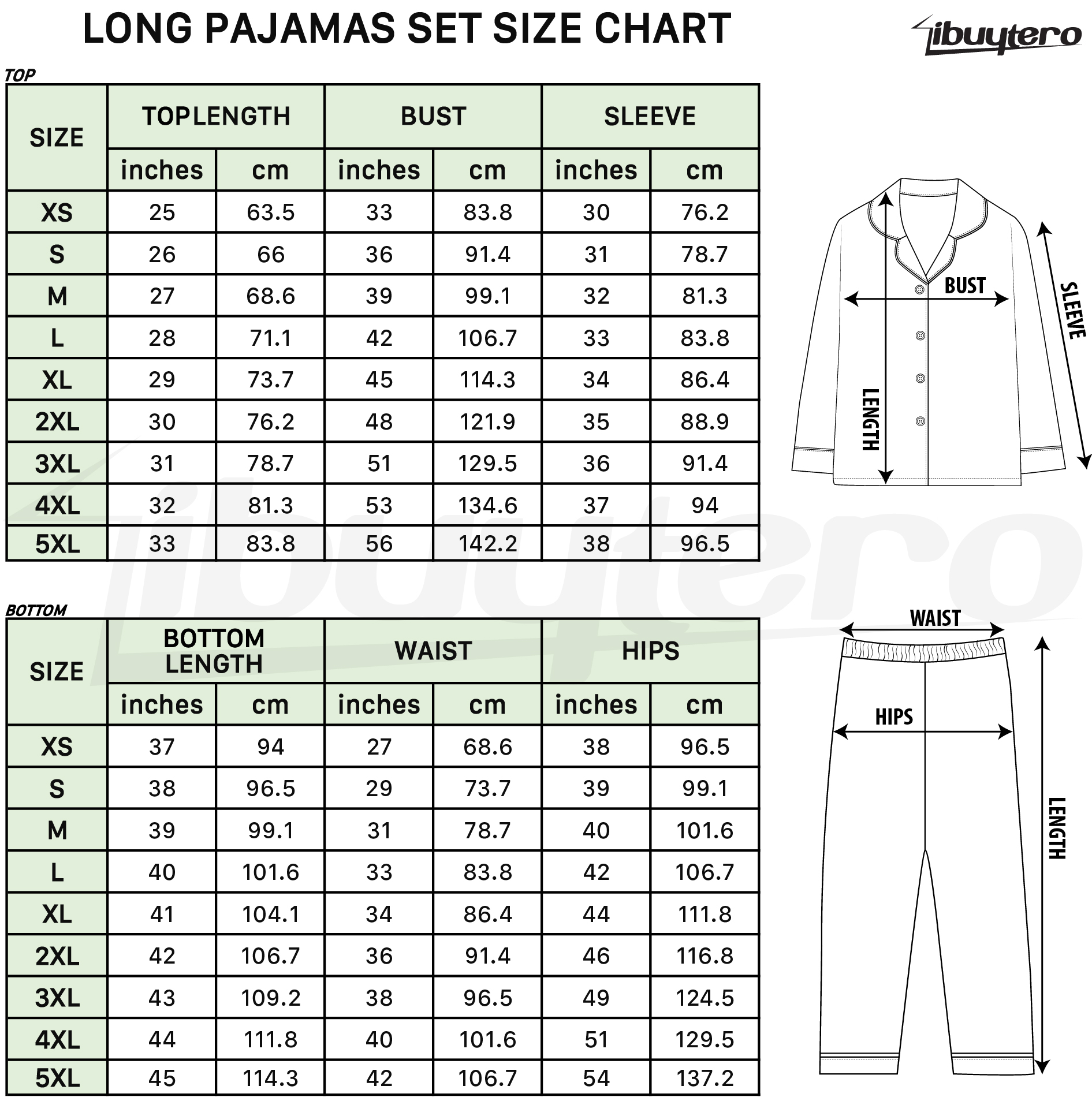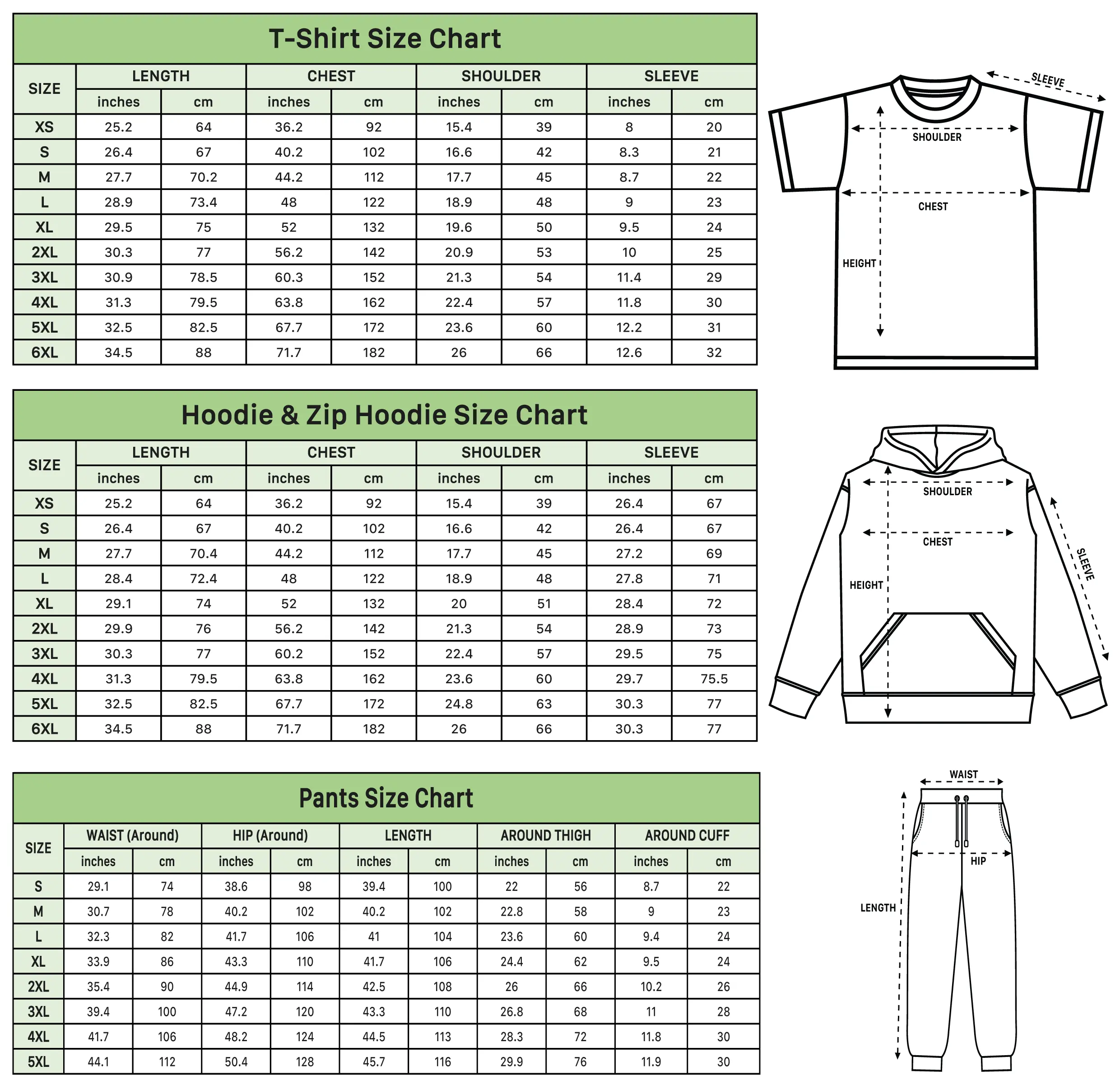Pros and Cons of Living in Hawaii
Hawaii is often portrayed as a tropical paradise with its stunning beaches, lush landscapes, and vibrant culture. However, living in Hawaii is a completely different experience from simply vacationing there. If you’re considering making Hawaii your permanent home, it’s essential to understand both the benefits and challenges. Here’s a closer look at the pros and cons of living in the Aloha State.
I. Pros of living in Hawaii
1. Natural beauty
Hawaii’s natural landscapes are some of the most breathtaking in the world. Living here means waking up to views of pristine beaches with turquoise waters, lush green valleys, towering volcanoes, and waterfalls cascading from cliffs. Whether you’re into hiking, snorkeling, surfing, or simply soaking in the natural surroundings, Hawaii offers endless outdoor adventures. The islands are home to iconic locations like the Na Pali Coast, Haleakalā Crater, and the Hanauma Bay—places that many only dream of visiting. Here, nature is not just something you visit; it’s something you live with every day.
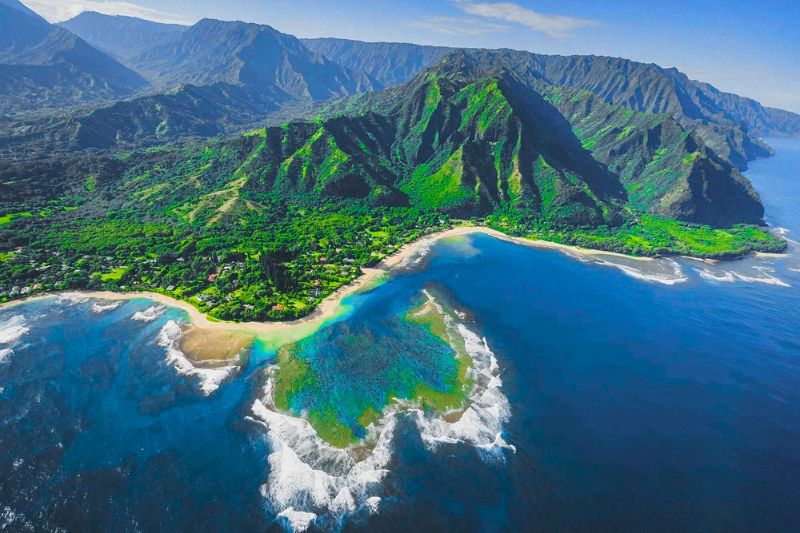
2. Laid back lifestyle
Hawaii’s lifestyle is much slower and more relaxed compared to most parts of the mainland. The “aloha spirit” emphasizes kindness, compassion, and respect for others, creating a more community-focused and peaceful environment. The fast-paced life of major cities is far removed from the islands. Whether it’s leisurely beach days, casual gatherings, or simply enjoying nature, life here moves at a different, more tranquil rhythm. If you’re looking to escape the hustle and bustle and enjoy a more balanced lifestyle, Hawaii is an excellent place to call home.
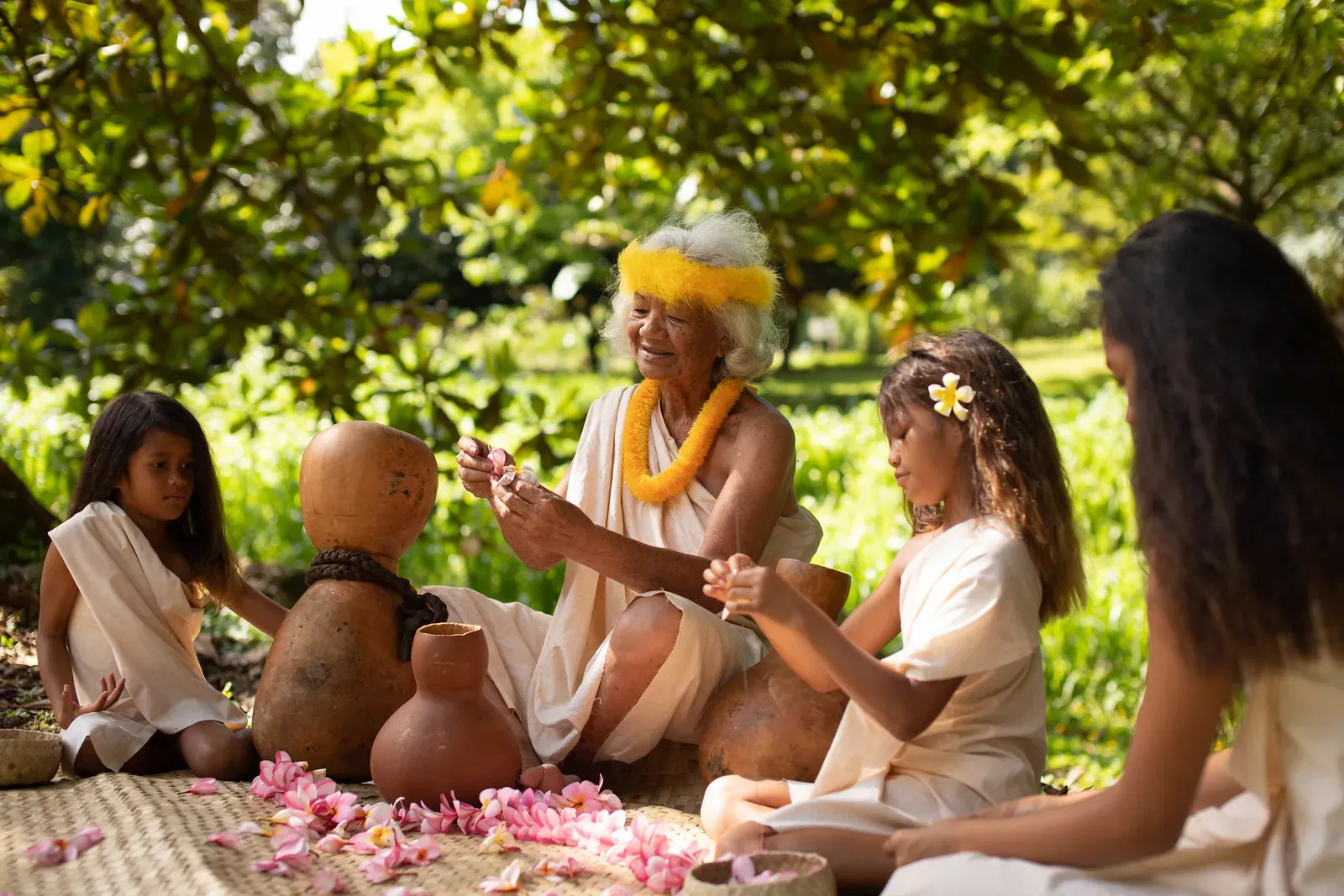
3. Year round pleasant weather
One of the most appealing aspects of living in Hawaii is the consistent tropical climate. The islands enjoy warm weather year-round, with temperatures usually ranging between 70°F to 85°F (21°C to 29°C). Summers are slightly warmer, while winters are milder, but the difference is minimal. The lack of extreme weather conditions, like freezing winters or scorching summers, means you can enjoy outdoor activities at any time of the year. No need to worry about heavy winter coats or air conditioners running non-stop. Hawaii offers the perfect climate for those who love the sun.
4. Unique cultural experience
Living in Hawaii means immersing yourself in a rich cultural mix that you won’t find anywhere else. Native Hawaiian traditions are deeply ingrained in everyday life, from the language to the traditional hula dance and ceremonies like the luau. Alongside native culture, Hawaii is a melting pot of Asian, Polynesian, and Western influences, giving residents a vibrant and multicultural experience. Whether it’s enjoying local festivals, sampling diverse cuisines, or participating in cultural activities, there’s always something new and exciting to experience. This cultural richness brings a sense of depth and history to everyday life.
5. Healthier lifestyle
The environment in Hawaii naturally encourages a healthier lifestyle. With access to fresh, locally sourced fruits, vegetables, and seafood, eating well is much easier. Farmers’ markets are plentiful, offering an array of organic produce. Moreover, the constant access to outdoor activities like hiking, surfing, and swimming helps residents stay active. The islands’ emphasis on well-being, both physical and mental, often leads to a better overall quality of life. You’ll likely find yourself adopting a more health-conscious and mindful way of living simply by being surrounded by nature and the local culture.
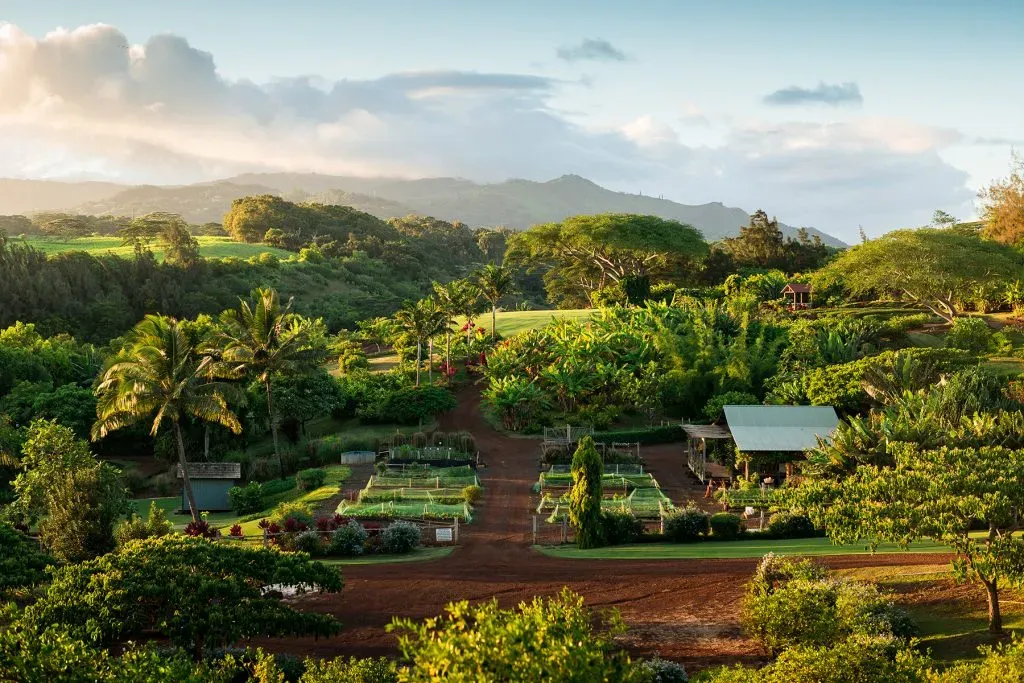
II. Cons of living in Hawaii
1. High cost of living
Hawaii consistently ranks as one of the most expensive places to live in the United States. Due to its isolation, nearly all goods, including food and household items, have to be imported, leading to higher prices. Groceries and basic necessities can cost significantly more than on the mainland. In addition, housing is expensive whether you’re looking to rent or buy. The combination of high property values and limited land space makes real estate a considerable financial challenge for many. This high cost of living can be a major obstacle, especially for those not prepared for the financial adjustments required.
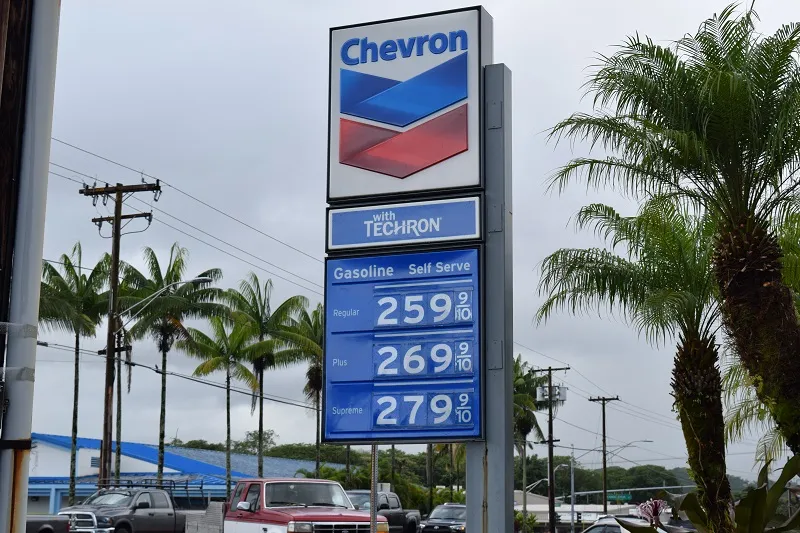
2. Limited job opportunities
The job market in Hawaii is relatively small and heavily concentrated in the tourism, hospitality, and service industries. Outside of these sectors, job opportunities can be limited, especially in fields like technology, finance, and manufacturing. This can make finding a suitable job more challenging for those not already employed in the dominant industries. While remote work has become more popular, for those who need to be physically present for their job, it’s essential to secure employment before moving. Job competition can be fierce due to the island’s relatively small population.
3. Island fever
Living on an island, while beautiful, can lead to feelings of isolation for some people. “Island fever” refers to the sensation of feeling trapped or confined due to the geographical limitations of living on an island. The vast Pacific Ocean surrounds Hawaii, and unlike the mainland, there’s no option for spontaneous road trips or quick weekend getaways. The distances between islands and the mainland can make travel both time-consuming and expensive. Over time, some residents may feel restless or miss the diversity of experiences that larger cities or mainland living can offer.
4. High humidity levels
While Hawaii’s tropical climate is warm and pleasant, the humidity can be uncomfortable for some, particularly if you’re not used to it. The islands have a consistently humid environment, which can feel sticky, especially during the wet season. The constant moisture in the air can make certain tasks, like drying clothes or managing household items, more challenging. High humidity can also lead to mold and mildew problems in homes, requiring extra care and maintenance. If you’re sensitive to humidity, adjusting to Hawaii’s tropical climate may take time.
5. Natural disasters
Hawaii is prone to natural disasters such as hurricanes, tsunamis, and volcanic eruptions. While major events are rare, they are real risks that residents must be prepared for. Living on an island near active volcanoes or in coastal areas vulnerable to tsunamis requires residents to stay informed and have emergency plans in place. The state has infrastructure and warning systems for such events, but the potential threat of natural disasters is something to consider when living in Hawaii. It’s an aspect of island life that can be unsettling for those unaccustomed to these types of hazards.
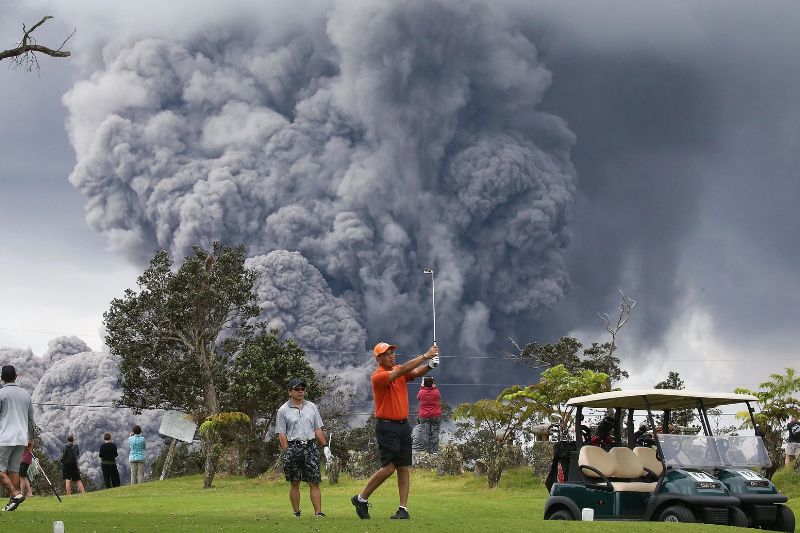
Conclusion
Living in Hawaii can be a dream come true for those who love nature, enjoy a laid-back lifestyle, and are eager to experience a rich cultural tapestry. However, it comes with challenges like high living costs and a sense of isolation. Before making the move, it’s important to carefully weigh these pros and cons to determine if Hawaii is the right place for you. Aloha!
You can explore more about Hawaiian Islands, Hawaiian Shirts and Swim Trunks to discover their unique styles, history, and tips for choosing the right one for you. For a wide range of stylish options, visit Teroprints Shop, where you’ll find a collection of Swim Trunks and Hawaiian Shirts that are perfect for any occasion.
Don’t forget to stay connected with Teroprints on Instagram, Pinterest, and Facebook to keep up with our latest product releases and updates. Follow us for the newest trends and exclusive deals!
You can refer to the articles below for more helpful information:
- 30 Fun Facts about Hawaii
- A Guide to Hawaii’s Culture: From Clothing to Food
- Fun Things to Do on Vacation in Hawaii
- Best island to visit in Hawaii for the first time
- When is the Best Time to Visit Hawaii?


